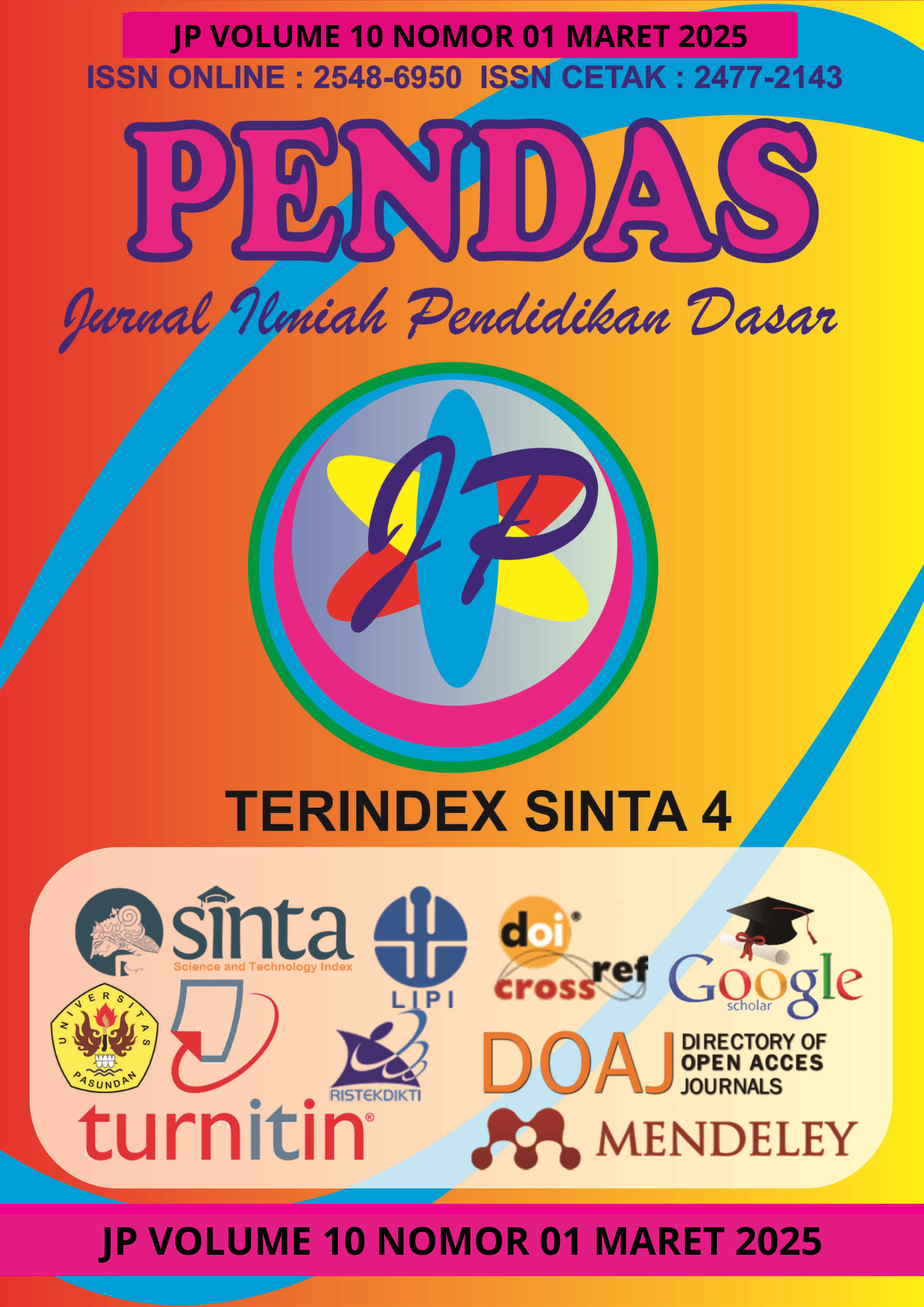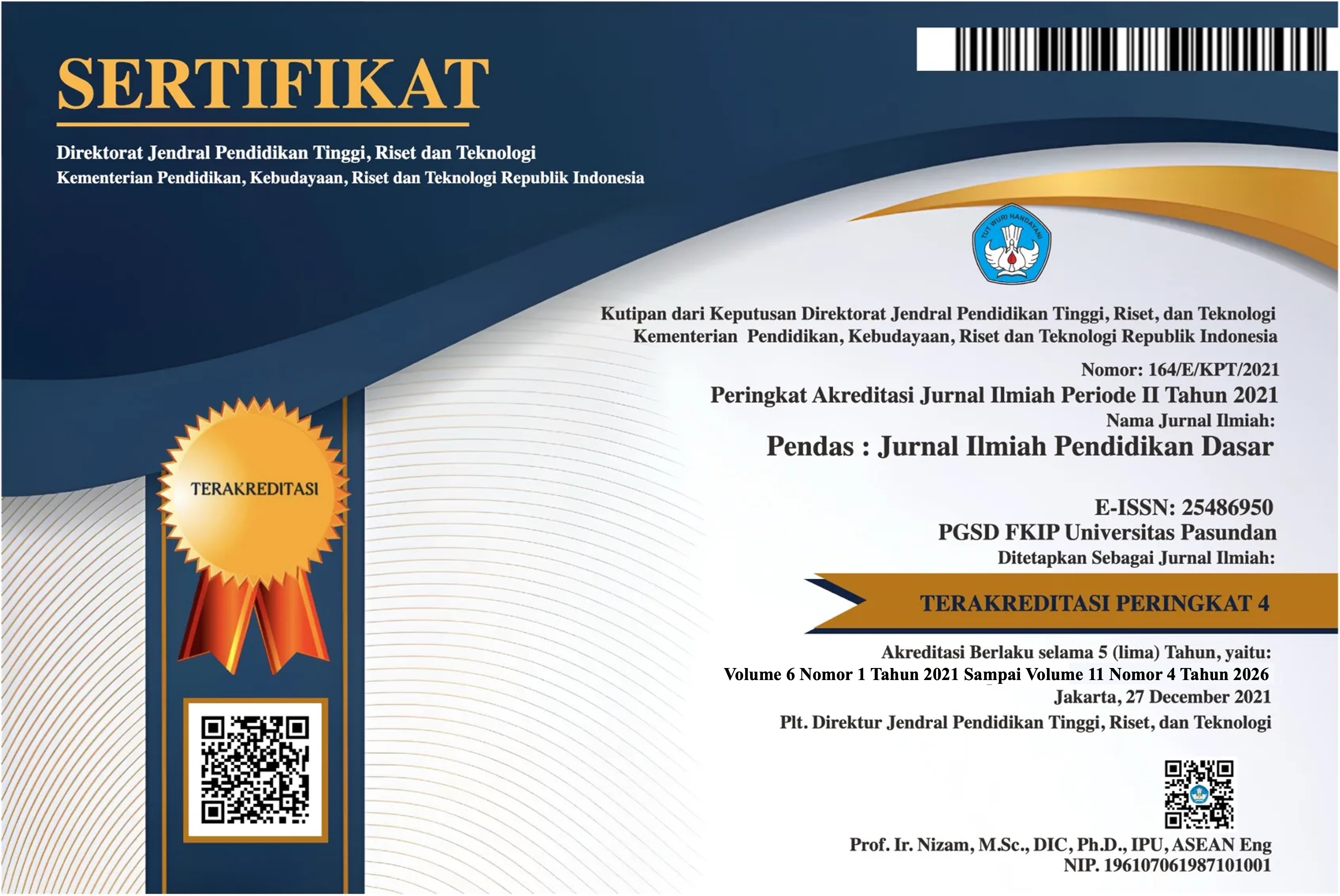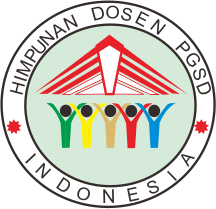DESAIN PEMBELAJARAN STEM MEDIA KOTAK HOLOGRAM DI SD
DOI:
https://doi.org/10.23969/jp.v10i01.23496Keywords:
Learning Design, STEM, Hologram Box mediaAbstract
Learning design is a guideline for learning implementation that is prepared before the learning process begins. STEM learning design is prepared with STEM learning stages namely Ask, Imagine, Plan, Create, and Improve. This research was conducted to describe the implementation of the hologram box media learning design in cycle 1. The research method used is EDR (Education Design Research), which has 3 stages, namely analysis and exploration, design and construction, evaluation and reflection. The implementation of STEM learning in cycle one was carried out at SDN Rawajaya 04 class V with a total of 26 students. The learning stages are in accordance with the STEM syntax, namely ask, imagine, plan, create, and improve. In the first cycle, there are several things that need to be considered as evaluation material for the next cycle. 1) In group division and class conditioning. 2) In the STEM learning stage, imagine, and revise related worksheets.
Downloads
References
Anggraeni, S. A., & Nurazizah, S. (2014). Konsep Dasar Perencanaan Pembelajaran Matematika. 3(5), 5548–5562.
Cunningham & Esther. (2017)
Fadhilah, P. N., Wardatussaidah, I., & Wardhani, P. A. (2024). Analisis Pendekatan STEAM dalam Pembelajaran IPA di Sekolah Dasar Kelas V. Jurnal Ilmiah Pendidikan Dasar, 09, 3280–3294.
Karlimah, Lidinillah, D. A. M., Islamiati, G., & Ali, S. R. binti. (2021). Steam-Powered Boat Engineering in Elementary STEM Learning. International Journal of Science, Mathematics and Technology Learning, 28(2), 73–85. https://doi.org/10.18848/2327-7971/CGP/v28i02/73-85
Khairani, Mukhni, & Aini, F. Q. (2018). Pembelajaran Berbasis Stem Dalam Perkuliahan Kalkulus Di Perguruan Tinggi. Ujmes, 3(2), 104–111.
Lidinillah, D. A. M., Mulyana, E. H., Karlimah, K., & Hamdu, G. (2019). Integration of STEM learning into the elementary curriculum in Indonesia: An analysis and exploration. Journal of Physics: Conference Series, 1318(1). https://doi.org/10.1088/1742-6596/1318/1/012053
Ningsih, A. M., Pratamawati, A., Sa’idah, S., Narayanti, P. S., Syafi’i, F. F., Nurlely, L., Edi, S., Ridhani, J., Nay, D. M. W., Fadli, M., & others. (2023). Desain Sistem Pembelajaran. Sada Kurnia Pustaka. https://books.google.co.id/books?id=HF68EAAAQBAJ
Novallyan, D., Gusfarenie, D., Safita, R., & Riantoni, C. (2022). Pembelajaran Berbasis STEM. Penerbit NEM. https://books.google.co.id/books?id=v4OiEAAAQBAJ
Pd, N. K. S. (2019). Pendekatan Science, Technology, Engineering dan Mathematics (STEM). SPASI MEDIA. https://books.google.co.id/books?id=XWn7DwAAQBAJ
Setyosari, P. (2020). Desain Pembelajaran. Bumi Aksara. https://books.google.co.id/books?id=qbD1DwAAQBAJ
Warmansyah, J., Utami, T., Faridy, F., Marini, T., & Ashari, N. (2023). Perkembangan Kognitif Anak Usia Dini. Bumi Aksara. https://books.google.co.id/books?id=aYLeEAAAQBAJ
Downloads
Published
Issue
Section
License
Copyright (c) 2025 Pendas : Jurnal Ilmiah Pendidikan Dasar

This work is licensed under a Creative Commons Attribution 4.0 International License.



















